Port pays a visit to The Vinyl Factory in west London and speaks to its creative director Sean Bidder about his connection with the physical record
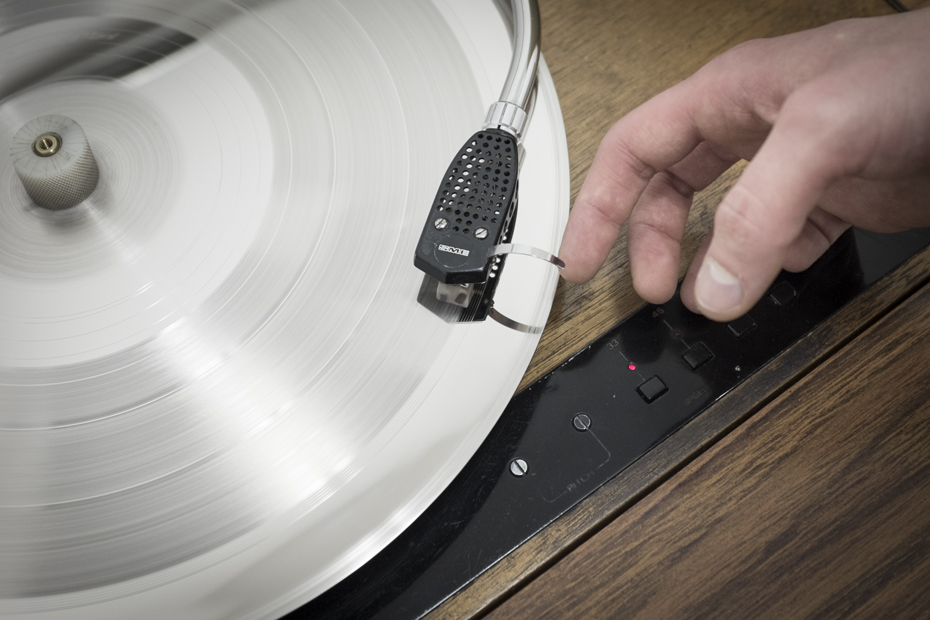
I’ve always been fascinated by records. My parents lived in New York in the 1960s and used to travel up to Harlem every week to go see the best musicians play. They were into jazz and amassed a pretty decent collection of jazz albums, with some wonderful artwork. I particularly remember the classic Blue Note stuff – John Coltrane, Thelonius Monk, etc – but also lots of psychedelic sleeves by jazz-fusion bands like Weather Report. I remember flicking through them as a kid and freaking out; I was more inspired by the artwork than the music at that age.
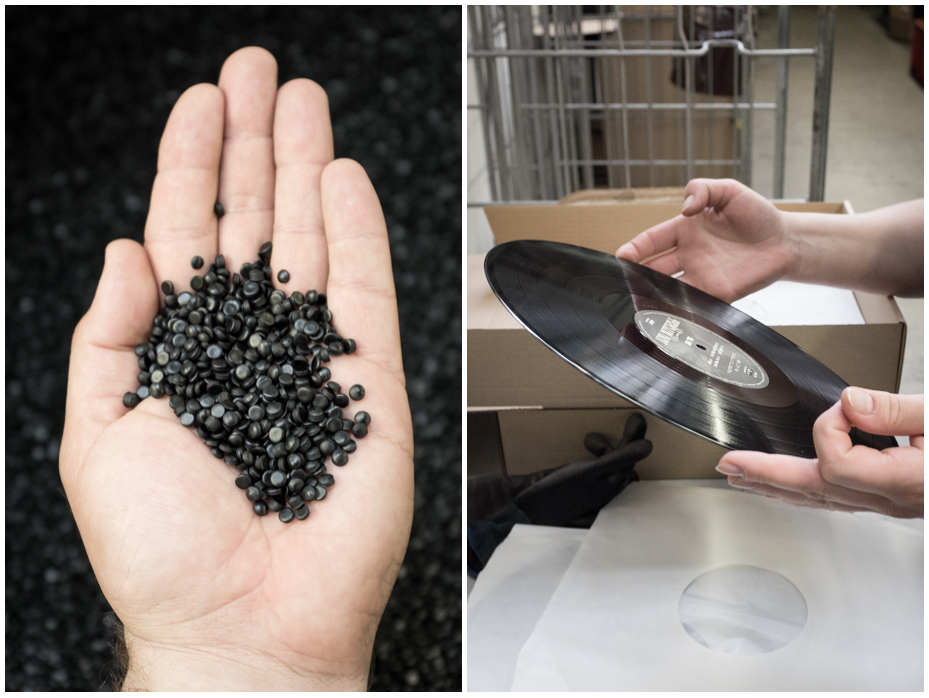
The first records I bought were Adam and the Ants’ Prince Charming and the Manchester United FA Cup theme tune, in the same shop, on the same day – I must have been about eight. I guess the collecting and buying bug started a lot later on, with dance music and house music in particular. Going into Soho, with a list of records to buy gleaned from reading magazines like i-D or The Face, hunting them down, meeting other people, discovering new music, it was the start of a great adventure.
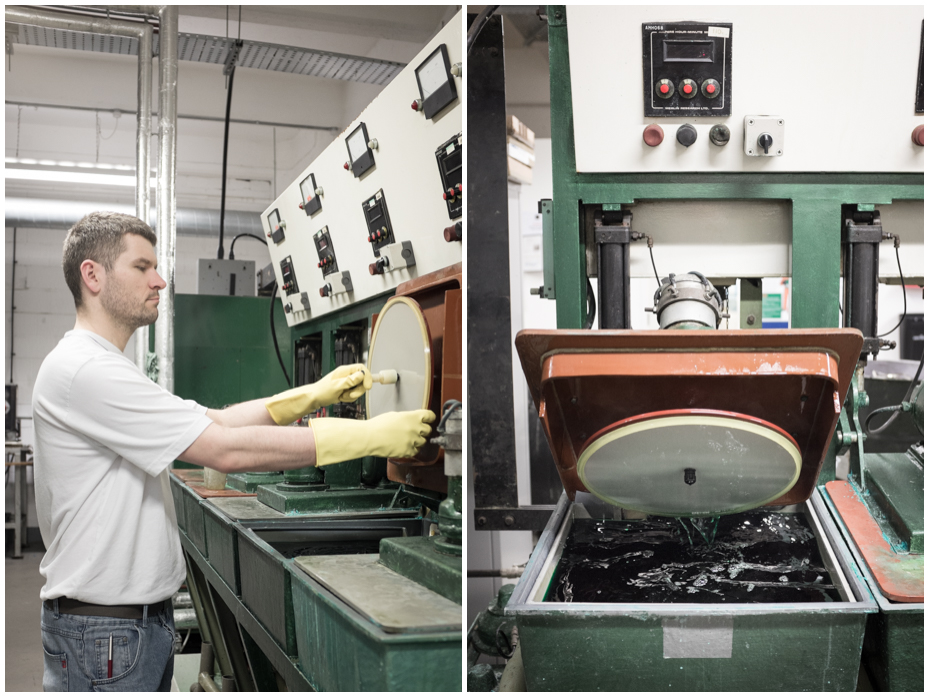
What sets vinyl apart from other formats is the physicality, the tangibility, the uniqueness of a record as an object, as well as the pleasure in actually putting one on a turntable. Sitting back and playing it… or setting it up and manipulating two records with a mixer, getting creative with it. It’s fun. FLAC as an audio format is a perfectly good, sound-wise, but it’s a digital file. Where’s the fun in that?
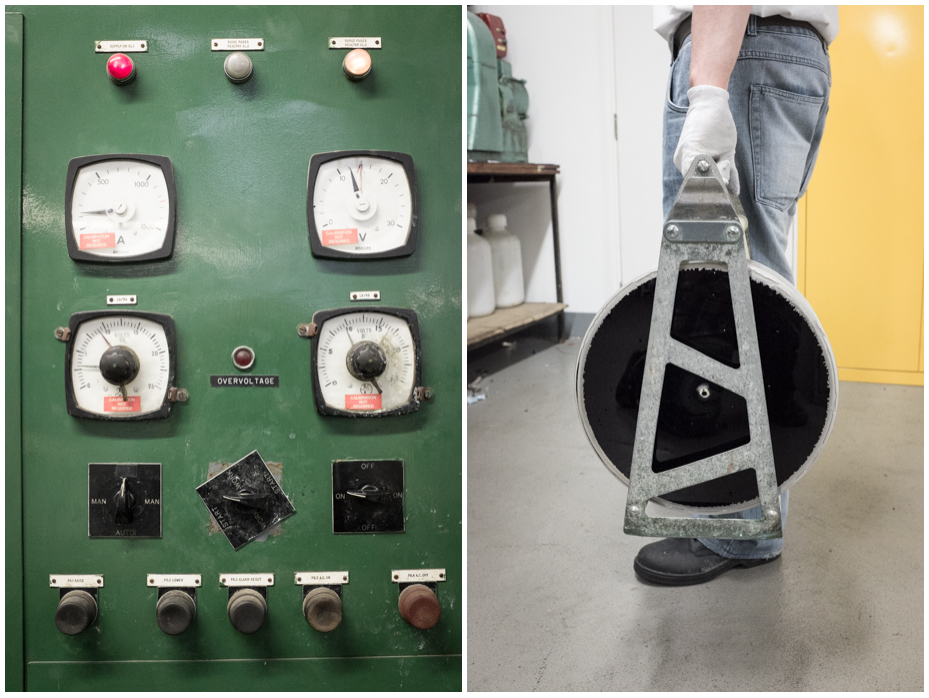
Most musicians and producers I know want to release their music on vinyl and a lot of passionate music fans still want to continue purchasing vinyl. I think it’s less about the industry and more about the artistry. And at the end of the day that’s what music is: an art form.
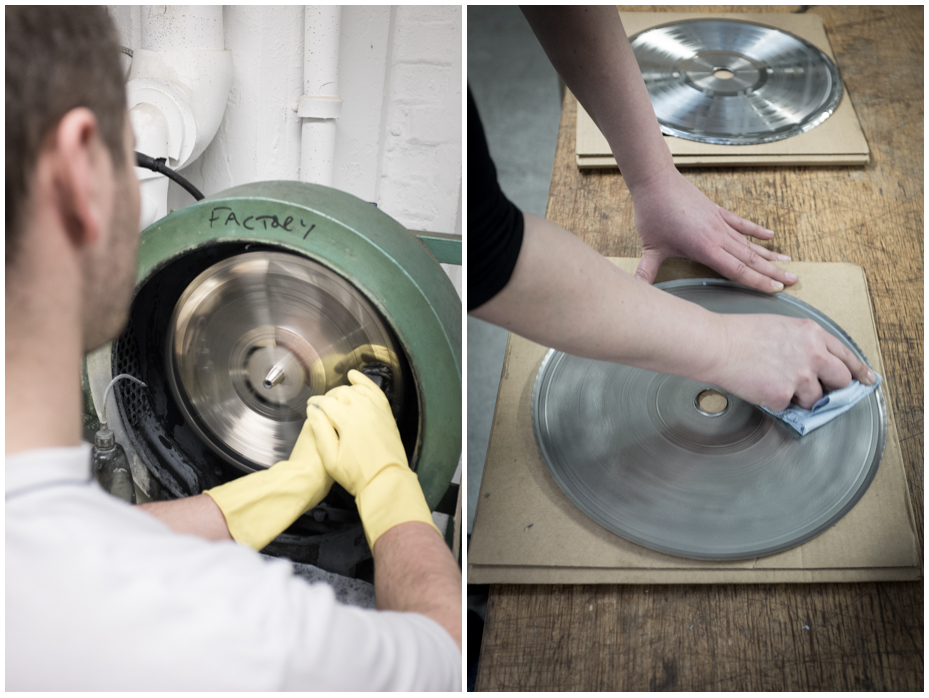
We’ve pushed vinyl in some exciting new directions, collaborating with visual artists and designers to create some incredible releases on The Vinyl Factory label. I’ve never really been a fan of unusual shaped vinyl, that feels like a gimmick. For me, it’s more about creating a beautifully crafted object and being as creative as possible with the format, wether it’s the artwork or the concept. And, of course, having fun.
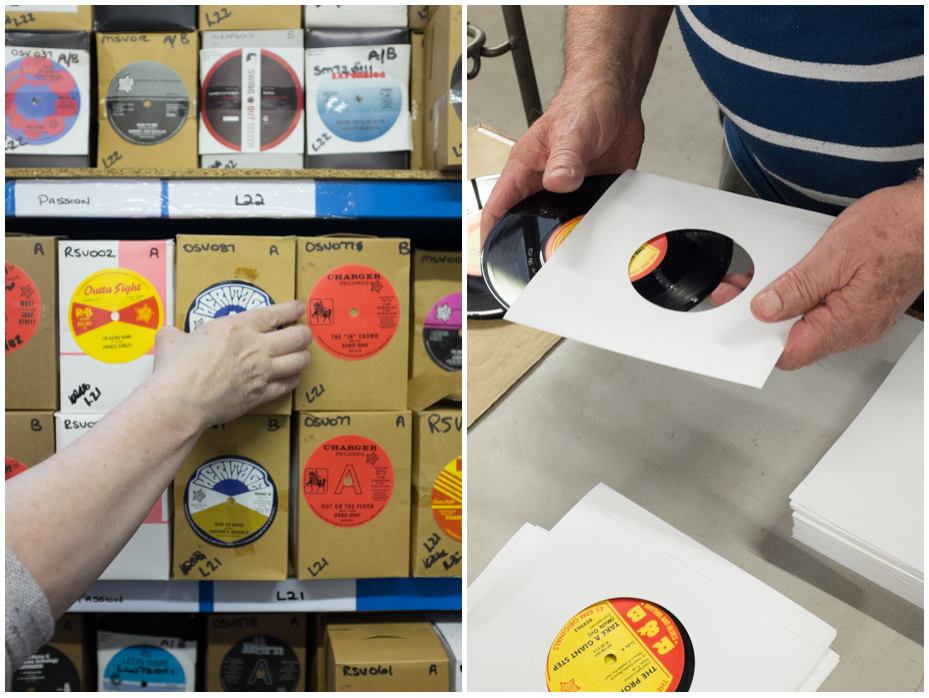
There’s always been a passionate core of vinyl collectors, enthusiasts and evangelists, be they people like Jack White or independent labels that have consistently put their music out on vinyl. What’s been surprising and encouraging is that a whole new generation of young music fans are buying vinyl, kids who have grown up knowing that they never actually have to pay for music. I think it’s more than a fad, it’s a pleasurable hobby, and – like slow-cooked food – perhaps investing more time into something you enjoy reaps greater rewards.
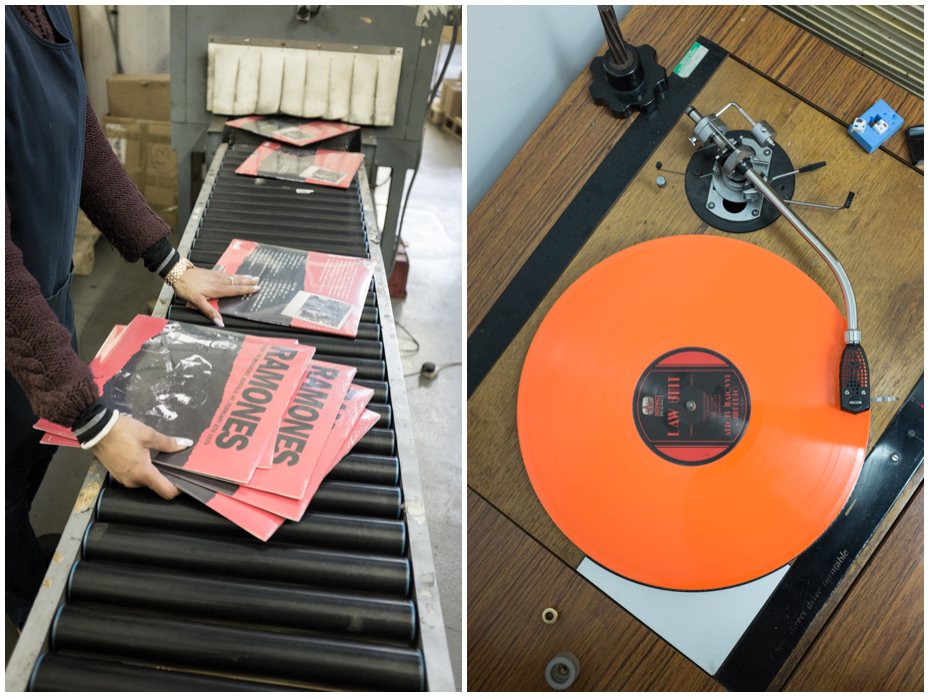
How The Vinyl Factory makes records
1. A blank record, or ‘lacquer’ is visually inspected, de-greased and sprayed with a silver nitrite to form an electrically-conductive silver layer on the surface. It is then submerged into an electro-plating bath consisting of nickel pellets and chemicals to form a ‘master’ – a negative of the original music master.
2. The resulting master is now cleaned, desilvered and again plunged into a nickel-plating bath to form a ‘positive’ – a nickel replica of the original lacquer. This positive version is polished to remove ‘spurs’ (lacquer debris) and played in a listening booth in order to detect any aural defects. Any imperfections at this stage can then be corrected.
3. Once tested and approved, the positive record is now put back into the nickel-plating bath to form another negative, called the ‘stamper’. Once the metalwork is carefully separated again, the stamper is then coated with a protective plastic film and ‘formed’ to the shape of the pressing machines’ mould blocks. Each stamper can press around 1000 records, before needing to be replaced by simply growing another from the positive.
4. Once pressing commences, the records are visually and aurally inspected, periodically, to detect any imperfections. Each record is automatically machine-packed into an inner sleeve to ensure that it isn’t handled during the making process, maintaining the quality of the record.
5. The records and inner sleeves are then hand-packed into outer sleeves before undergoing one final quality check. After that, they are shrinkwrapped and stickered (if needed) by hand, before being sent to the distributor, and eventually finding their way onto the shelves of record shops around the world.




